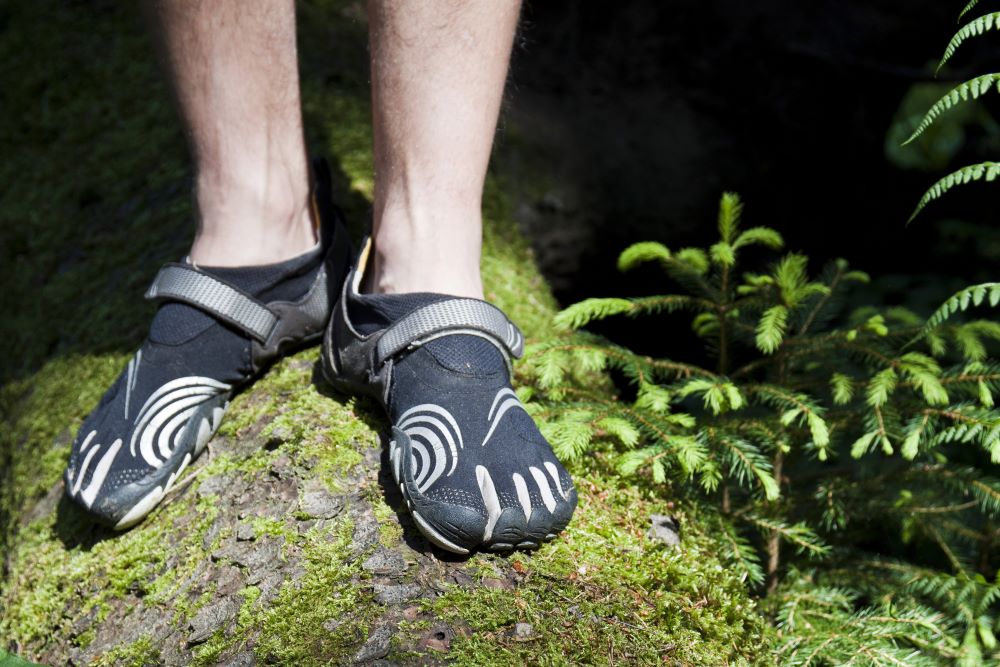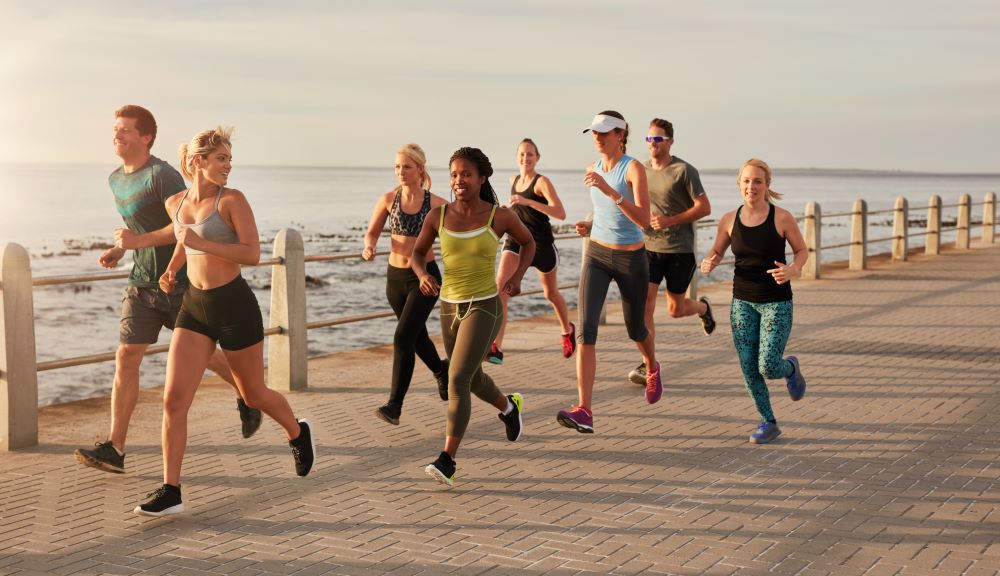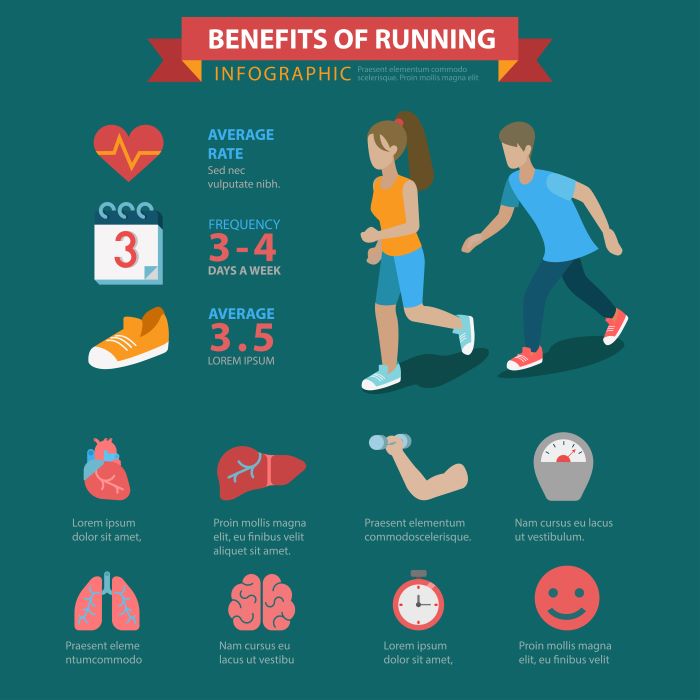Achilles pain is a common complaint among runners and can stem from various factors related to your running form. Understanding the causes of this discomfort is crucial for prevention and effective management. The Achilles tendon connects your calf muscles to your heel bone, facilitating movement and stability. When this tendon is overstressed, it can lead to conditions such as Achilles tendinitis or even ruptures.
Several factors contribute to Achilles pain, including:
- Improper Footwear: Shoes that lack proper support or cushioning can place undue stress on the Achilles tendon.
- Overtraining: Increasing mileage too quickly can overwhelm your tendons and muscles, leading to injury.
- Poor Running Mechanics: A flawed running gait—such as excessive heel striking or overpronation—can increase strain on the Achilles.
- Inflexibility: Tight calf muscles can limit your range of motion, resulting in increased tension on the tendon.
- Previous Injuries: Previous Achilles injuries can make you more susceptible to future pain.
By recognizing these factors, runners can take proactive steps to mitigate the risk of Achilles pain. Visit our website to learn more and get started today! Click here.
Importance of Proper Running Form
Maintaining proper running form is essential not only for enhancing performance but also for preventing injuries, including Achilles pain. When your mechanics are aligned, your body can move more efficiently, reducing the strain on your muscles and joints. Here’s why focusing on your running form is crucial:
- Injury Prevention: Correct posture and alignment help distribute forces evenly across your body. This reduces stress on specific areas, such as your Achilles tendon, minimizing the risk of injury.
- Improved Efficiency: A good running form allows for better energy conservation, meaning you can run longer distances without fatigue. This efficiency translates into improved performance and faster race times.
- Enhanced Stability: Proper form promotes balance and stability, making it easier to navigate uneven terrain. This is particularly important for trail runners who face various obstacles.
- Increased Comfort: Running with an efficient form can lead to a more enjoyable experience, as it reduces the likelihood of discomfort or pain during and after your runs.
Incorporating strength training and flexibility exercises into your routine can further enhance your running form. By focusing on building the muscles that support your running posture, you can create a solid foundation that helps avoid injuries.
Key Elements of an Effective Running Technique

To develop an effective running technique, it is vital to focus on several key elements that contribute to a fluid and injury-free running experience. Understanding and integrating these components into your running routine can help enhance performance while reducing the risk of Achilles pain. Here are the essential elements to consider:
- Posture: Maintain an upright posture with a slight forward lean. Your head should be aligned with your spine, and your shoulders relaxed. This alignment allows for optimal energy transfer and prevents excess strain on your lower body.
- Foot Strike: Aim for a midfoot strike rather than a heel strike. A midfoot landing helps to distribute impact forces more evenly and reduces the risk of overloading the Achilles tendon.
- Cadence: Strive for a higher cadence, ideally between 170-180 steps per minute. A quicker turnover can lead to shorter strides, which may alleviate stress on your joints and muscles.
- Arm Movement: Keep your arms bent at about a 90-degree angle and swing them forward and back, not across your body. This movement helps to maintain balance and can contribute to a more powerful stride.
- Breathing: Focus on deep, rhythmic breathing to ensure your muscles receive adequate oxygen. This can improve your endurance and overall performance during runs.
By concentrating on these elements of an effective running technique, you can significantly improve your running form and help prevent Achilles pain. Regular practice and mindfulness can make these adjustments second nature, allowing you to enjoy your runs with confidence.
Common Mistakes That Lead to Achilles Pain
.jpg)
Understanding the common mistakes that runners make is essential to avoiding Achilles pain. Many of these errors are subtle yet can lead to significant discomfort and injury over time. Here are some prevalent pitfalls to watch out for:
- Overstriding: One of the most common mistakes is overstriding, where a runner lands with their foot too far in front of their body. This can increase the impact force on the Achilles tendon and lead to pain.
- Poor Footwear: Running in shoes that lack proper support or cushioning can exacerbate Achilles issues. It’s crucial to choose footwear that suits your foot type and running style.
- Neglecting Warm-Up and Cool Down: Skipping warm-up exercises can leave your muscles tight and unprepared for the stress of running. Similarly, failing to cool down properly can hinder recovery and increase the risk of injury.
- Inadequate Strength Training: Many runners neglect strength training, which is vital for supporting the muscles surrounding the Achilles tendon. Weakness in the calf muscles can place extra strain on the tendon itself.
- Increasing Mileage Too Quickly: A common mistake among runners is ramping up their mileage too quickly. Gradual increases in distance allow your body to adapt and strengthen, reducing the risk of injury.
Being aware of these mistakes is the first step towards improving your running form to avoid Achilles pain. By correcting these habits and implementing safer techniques, you can enjoy a more comfortable and enjoyable running experience.
Tips to Improve Your Running Form

Improving your running form can significantly reduce the risk of Achilles pain and enhance your overall performance. Here are some effective tips to refine your technique:
- Focus on Posture: Maintain an upright posture with a slight forward lean. Your head should be in line with your spine, and shoulders should be relaxed. This alignment allows for better energy transfer and reduces strain on your lower body.
- Shorter Strides: Aim for shorter, quicker strides rather than long strides. This approach minimizes the impact on your Achilles tendon and encourages a more efficient running gait.
- Land Midfoot: Try to land on your midfoot instead of your heel. This landing technique helps distribute the impact forces more evenly and reduces the stress on your Achilles.
- Engage Your Core: A strong core stabilizes your body, allowing for better control during your run. Incorporate core-strengthening exercises, such as planks and bridges, into your training routine.
- Mind Your Foot Placement: When running, focus on keeping your feet directly beneath your hips. This alignment helps in reducing overstriding and enhances balance.
- Incorporate Drills: Include running drills in your training, such as high knees and butt kicks, to improve your form. These exercises promote awareness of your running mechanics and help reinforce good habits.
By implementing these tips into your running routine, you can work towards a more efficient form that not only helps in preventing injuries like Achilles pain but also enhances your overall running experience.
Incorporating Strength and Flexibility in Your Routine

Incorporating strength and flexibility training into your running routine is essential for preventing injuries, including Achilles pain. A balanced approach helps to support your running form and enhances overall performance. Here are some strategies to consider:
- Strength Training: Focus on strengthening the muscles around your ankles, calves, and feet. Exercises such as calf raises, lunges, and squats can improve muscle endurance and provide better support for your Achilles tendon.
- Core Workouts: A strong core aids in maintaining good posture while running. Incorporate exercises like planks, Russian twists, and mountain climbers to build core strength and stability.
- Flexibility Exercises: Stretching is crucial for maintaining flexibility in your muscles and tendons. Include stretches targeting your calves, hamstrings, and Achilles tendon. Consider practices like yoga or Pilates, which can enhance flexibility and promote relaxation.
- Foam Rolling: Regularly using a foam roller can help in releasing tight muscles and improving blood flow. Focus on your calves and the surrounding areas to alleviate tension and reduce the risk of injury.
- Cross-Training: Engage in low-impact activities such as cycling, swimming, or rowing to build strength without the repetitive stress of running. This variety can prevent overuse injuries while keeping you fit.
By integrating strength and flexibility training into your running regimen, you can create a more resilient body that is less prone to injuries. Visit our website to learn more and get started today! Click here.


